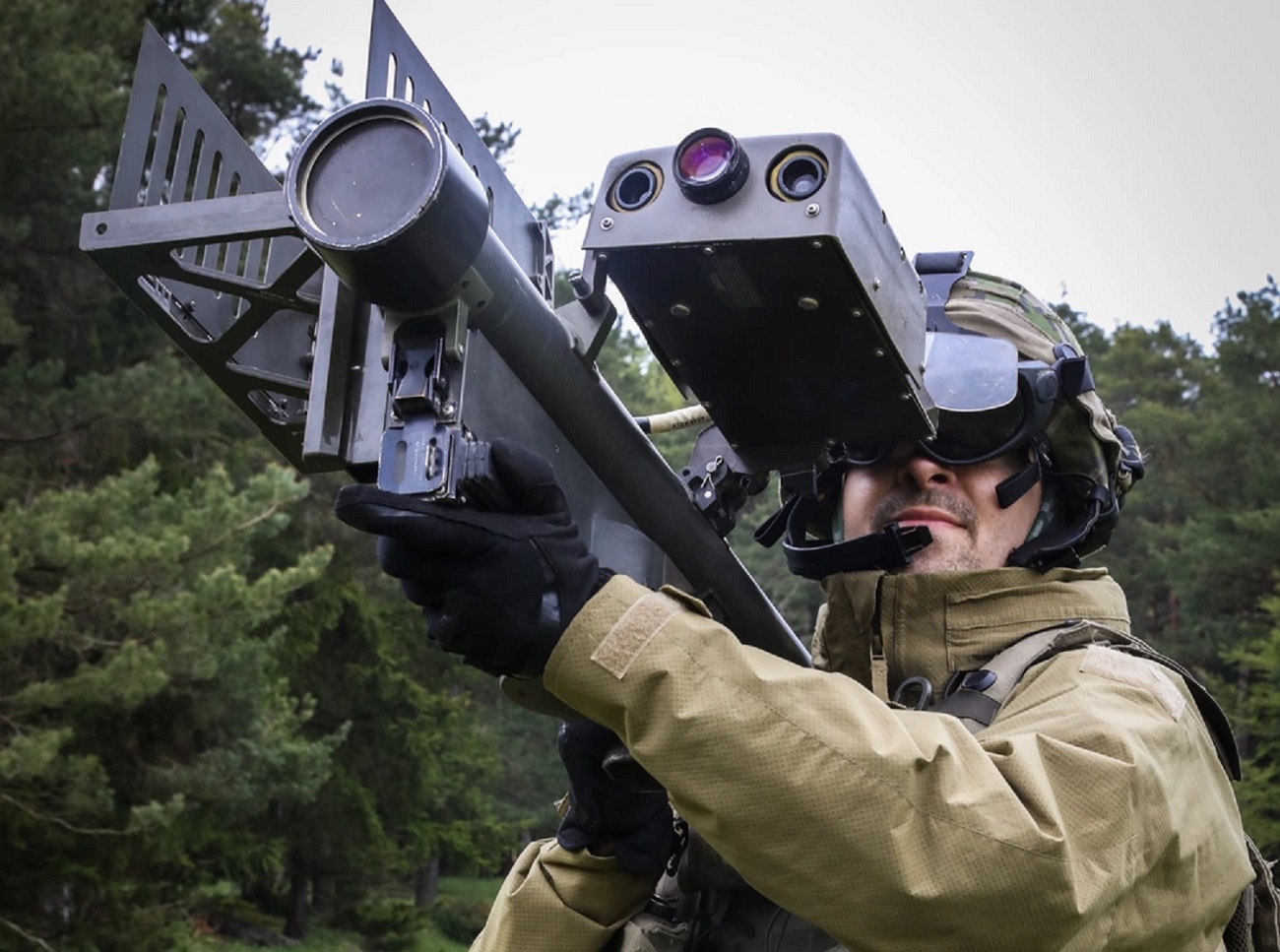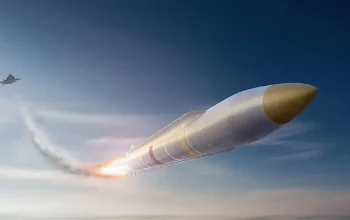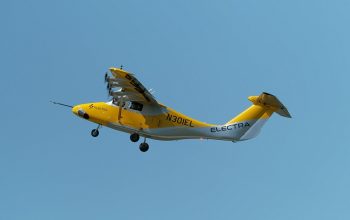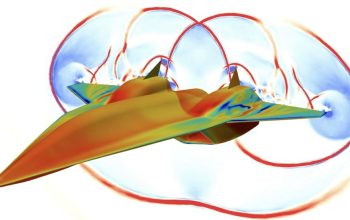The U.S. Army recently completed a refurbishment effort to upgrade and extend the shelf life of nearly 1,900 Stinger missiles that were previously deemed unserviceable, placing them back into inventory and saving approximately $50,000 per round compared to procurement of new assets. The effort to maintain stock and modernize the Stinger missile originally began at McAlester Army Ammunition Plant in 2017 as part of the Stinger Service Life Extension Program but took on increased urgency following the Russian invasion of Ukraine on 24 February 2022. In the summer of 2022, the Honorable Douglas Bush, Army Acquisition Executive, approved funding for the Program Executive Office, Missiles and Space to evaluate approximately 2,700 unserviceable Stinger missiles due to age and refurbish as many as possible to bolster the active inventory. PEO MS worked with MCAAP on an approach leveraging their experience with SLEP to attack this task with an early estimate of getting 1,100 missiles (approximately 40%) refurbished.

The MCAAP now estimates that the Army will get approximately 70% of the unserviceable rounds placed back into inventory — far exceeding the original estimate of 1,100 Stinger missiles. Furthermore, MCAAP finished four months ahead of the proposed 16-month schedule. With the last new production of Stinger missiles for the Army delivered in 2005, the Army looked to MCAAP to perform a SLEP for the aging Stinger inventory. MCAAP incorporated new technology into the Stinger missile to improve effectiveness against unmanned aerial systems — a threat that Stinger was not originally designed for decades ago. The MCAAP effort entailed taking Stinger missiles at or near the end of their shelf life and running them through a myriad of tests, breaking down the missile, replacing critical aging components, inserting new technology extending the shelf life 10 years. This effort, along with the Army Stockpile Reliability Program executed by the Aviation and Missile Center, allowed the Stinger inventory to stabilize with its primary use focused on training and testing, until the expanded efforts driven by the invasion of Ukraine.
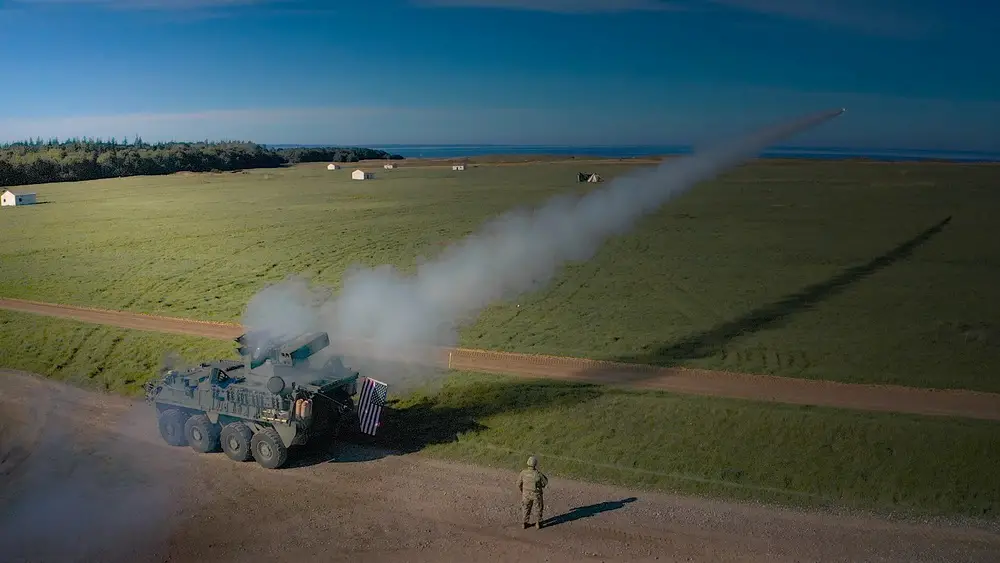
The FIM-92 Stinger is an American man-portable air-defense system (MANPADS) that operates as an infrared homing surface-to-air missile (SAM). It can be adapted to fire from a wide variety of ground vehicles, and from helicopters as the Air-to-Air Stinger (ATAS). It entered service in 1981 and is used by the militaries of the United States and 29 other countries. It is principally manufactured by Raytheon Missiles & Defense and is produced under license by Airbus Defence and Space in Germany and by Roketsan in Turkey. The FIM-92 Stinger is a passive surface-to-air missile that can be shoulder-fired by a single operator (although standard military procedure calls for two operators – team chief and gunner). The FIM-92B missile can also be fired from the M1097 Avenger and the M6 Linebacker. The missile is also capable of being deployed from a Humvee Stinger rack and can be used by airborne troops. A helicopter launched version exists and is called Air-to-Air Stinger (ATAS).
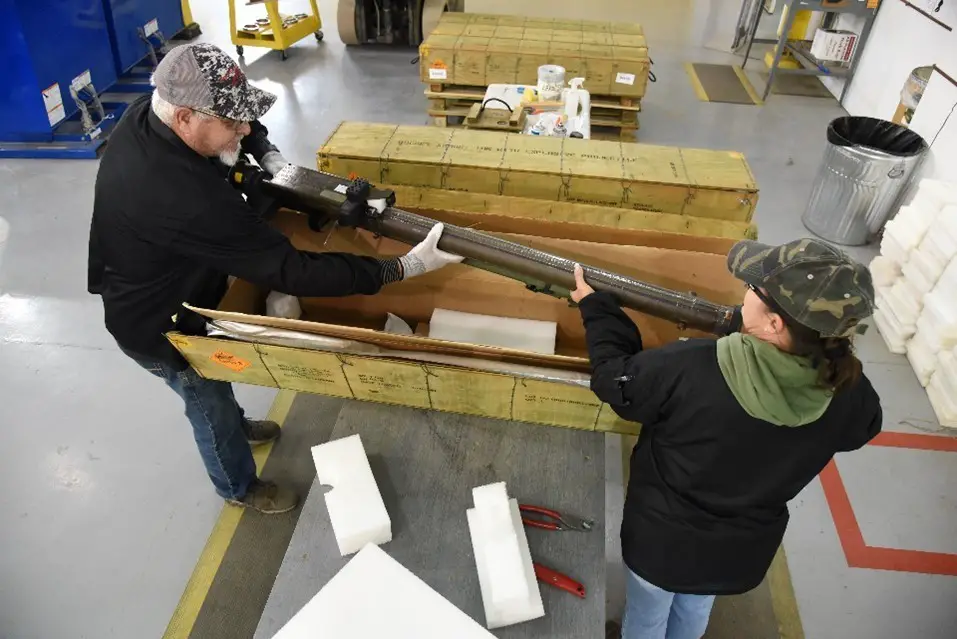
The Stinger is launched by a small ejection motor that pushes it a safe distance from the operator before engaging the main two-stage solid-fuel sustainer, which accelerates it to a maximum speed of Mach 2.54 (750 m/s). The warhead contains 1.02 kg (2.25 lb) of HTA-3 (a mix of HMX, TNT, and aluminium powder) explosive with an impact fuze and a self-destruct timer that functions 17 seconds after launch. The missile is 5.0 ft (1.52 m) long and 2.8 in (70 mm) in diameter, with 3.9 in (100 mm) fins. The missile itself weighs 22 lb (10.1 kg), while the missile with its launch tube and integral sight, fitted with a gripstock and identification friend or foe (IFF) antenna, weighs approximately 34 lb (15.2 kg). It has a targeting range of up to 4,800 m and can engage low-altitude enemy threats at up to 3,800 m.


